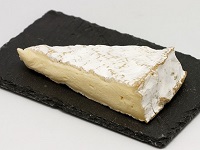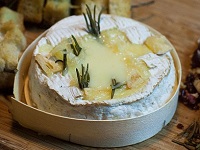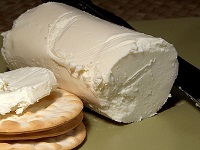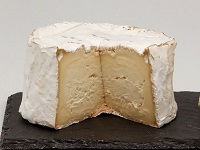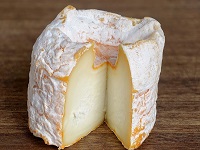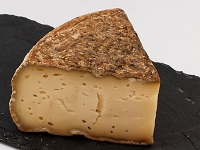Cava Rosado / Cava Rosé (Spain)

Cava Rosado is made by letting the skins of red grapes have brief contact with the must, thereby adding colour.
The production process the same as ordinary Cava, following the Método Tradicional.
Cava Rosato Flavors
Typical Cava Rosato flavors are Red fruit, Fresh berries, Bay leaves and Flowers.
Strawberry |
Raspberry |
Wild Berries |
Jasmine |
Bay Leaves |
Minerals |
Cava Rosato Profile
| SUGAR: | Dry (3 g/l) |
| BODY: | Light |
| FRUIT: | Medium |
| ACIDITY: | High |
| ALCOHOL: | 12-13% ABV |
|
Serving Temerature: 8-10°C (46-50°F) | |
Food Pairing
You can drink Sparkling Wines to almost everything.
Sparkling wines are extremely versatile for food pairing. This is especially true for Sparkling Rosés.
Cava Rosato pairs very well with salty food, because the bubbles break up the salt in the mouth. The acidity and bubbles also pair well with creamy and oily dishes.
Aperitif |
Tapas |
Egg & Bacon |
Charcuterie |
Fish |
Seafood |
Salmon |
Sushi |
Chicken |
Pork |
Sandwitch |
Hamburger |
Excellent Pairings
Aperitif. Tapas. Nuts. Olives.
Srambled Eggs. Bacon.
Grilled Vegetables. Quiche Lorraine.
Cold Meat. Cured Ham.
Charcuterie. Serrano. Prosciutto.
Creamy Rice. Risotto. Pasta.
Seafood. Lobster. Crab Cakes.
Chips. French Fries.
Sandwiches. Hamburgers.
Poultry. Fried Chicken.
BBQ Ribs. Roasted Pork. Brisket.
Smoked Salmon. Sushi. Sashimi.
The Ideal Glass for Cava Rosato
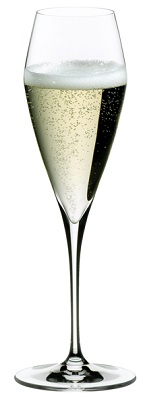
|
A Flute Glass has a tall and narrow bowl to emphasize the aromas of the wine. The shape also helps balance the acidity found in sparkling wines. Flutes also preserve bubbles by reducing the surface area at the top, which slows the release of carbonation, keeping a sparkling wine fizzy for longer. |
Cava Rosato Cheese Pairing
Brie and Camembert
The creamy, buttery texture and mild flavors of Brie or Camembert pair well with Cava Rosato's soft bubbles and fruity notes. Serve the cheese at room temperature with slices of pear or apple.
Chèvre (Goat Cheese)
The tangy, fresh flavors of goat cheese complement the acidity often found in Cava Rosato, especially those made from Chenin Blanc or Sauvignon Blanc. Drizzle with a bit of honey or sprinkle with fresh herbs.
Chaource
This creamy, slightly tangy cheese enhances Cava Rosato's gentle acidity and complements its soft bubbles. Serve with fresh berries or a touch of apricot jam.
Langres
This mild, washed-rind cheese has a creamy texture and a subtle tang that pairs beautifully with Cava Rosato. Add a small drop of honey or serve with fresh grapes.Tomme de Savoie
This semi-hard, nutty cheese pairs beautifully with the gentle effervescence and often fruity character of Cava Rosato. Add some dried fruits or nuts to highlight the pairing.
Spanish Sparkling
In Spain, Sparkling wine is called Cava, which means "Cellar".
Cava used to be called "Spanish Champagne", but this is no longer permitted in EU, since Champagne is a protected French name.
95 % of all Cava is made in the Penedès wine region in Catalonia, but Cava DO (Denominación de Origen) is not region based. Cava can be made anywhere in Spain, as long as it follows the DO production rules.
Cava is an important part of the Catalan and Spanish tradition. It is consumed at any celebration (baptisms, marriages, banquets, dinners, and parties).
Cava Production Method
The production method is the same as for Champagne, but with main grapes:
- Macabeu
- Parellada
- Xarel-lo
The official hierarchy of Cava DO is:
- Cava - aged for 9 months
- Cava Riserva - aged for 18 months
- Cava Gran Riserva - aged for 30 months
Much like French Champagne, different categories are produced: White or Rosé, Cava Brut (dry) or Cava Dulce (sweet), mono-varietal cuvées or prestige blends.
Grapes Allowed in Cava
| Macabeo (Viura) | The backbone of Cava. Gives fruit, acidity, and freshness to the blend. It needs the higher elevation Penedès for top-quality fruit. |
| Parellada | Gives freshness and perfume to the blend. It grows best in cooler sites like Macabeo to maintain the acidity in the warm summer months. |
| Xarel-lo | Produces an excellent base wine with high levels of natural preservatives (resveratrol). Cavas intended for ageing are produced with 60% Xarel-lo in the blend. |
| Chardonnay | Can deliver fresh and aromatic Blanc de Blanc wines fro higher-altitude vineyard. |
| Pinot Noir | Produces some top level Blanc de Noir Cavas (100% Pinot Noir) from some high elevation vineyards in Catalonia. |
| Garnacha | Used to make rich and full-bodied Rosé Cavas with deep colour and spicy flavors. |
| Monastrell | Basically used producing Rosé Cavas with moderate acidity. |
| Trepat | Ideal for making Rosé Cavas with intense colour, moderate alcohol and balanced acidity. |
| Subirat Parent | Malvasía from La Rioja. Used for making Dulce and Semi Dulce Cava. |
Méthode Champenoise
Méthode Champenoise is the method used to produce French Champagne.
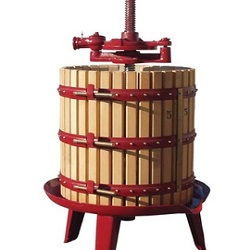 |
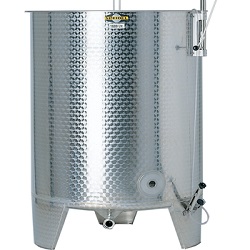 |
||
| Pressing | 1st Fermentation | Blending | 2nd Fermentation |
| Riddling | Disgorgement | Dosage | Aging |
With Méthode Champenoise, the first fermentation takes place in a tank, and a second fermentation takes place in the bottle.
The second fermentation starts by adding yeast and sugar to the bottle, and after about 1 year, the bubbles are completely developed.
The legend tells the story that a Benedictine monk (Dom Pérignon 1639-1715) invented sparkling wine when he bottled a wine too early, but the oldest recorded sparkling wine is Blanquette de Limoux (1531).
Champagne Sugar Levels
| Regulation EC 607/2009 |
Sugar gram/litre |
Calories /glass |
| Brut Nature (Brut Zero) | 0-3 | 3 |
| Extra Brut | 0-6 | 5 |
| Brut | 0-12 | 7 |
| Extra Dry (Extra Sec, Extra Seco) | 12-17 | 10 |
| Dry (Sec, Seco) | 17-32 | 20 |
| Demi (Semi) | 32-50 | 30 |
| Doux (Sweet, Dulce) | 50+ | 30+ |
